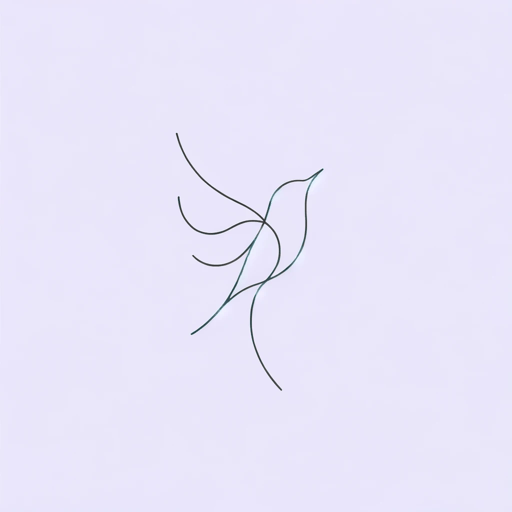25 pages • 50 minutes read
John KeatsOde to a Nightingale
Fiction | Poem | Adult | Published in 1819A modern alternative to SparkNotes and CliffsNotes, SuperSummary offers high-quality Study Guides with detailed chapter summaries and analysis of major themes, characters, and more.
Summary and Study Guide
Overview
“Ode to a Nightingale” is one of the six great odes John Keats wrote in 1819. Now considered one of the most famous English poems of the 19th century, it was first published in the journal Annals of the Fine Arts. Later, the poem featured in Keats’s final anthology, Lamia, Isabella, The Eve of St Agnes, and Other Poems (1820).
The lyric poem, structured in eight stanzas of 10 lines each, follows the rhyme scheme ABABCDECDE, and its metrical composition is largely iambic pentameter. It is inspired by an actual encounter with a nightingale: In the summer of 1819, Keats was living at the Hampstead estate of his friend Charles Brown when a nightingale built a nest near the house. Brown later recalled Keats spent several hours under a tree in the garden, composing the poem as he listened to the nightingale’s song. The poem is narrated by an unknown speaker, who for all purposes is identified with the poet himself (this study guide, therefore, uses “he, him” pronouns for the speaker of the poem). The speaker’s tone is simultaneously euphoric and melancholic, which gives the poem its unique, bittersweet edge. Outwardly a poem celebrating nature’s beauty, as symbolized by the nightingale, the poem is a deep dive into the contradictions of human existence: where beauty and pain coexist, and life is always hounded by the threat of disease and death.
Like Keats’s other odes, “Ode to a Nightingale” too contains themes typical to 19th-century Romanticism: the pursuit of beauty, nature as pure, wild reality, and the power of the imagination or “fancy.” However, its preoccupation with the troubles of human existence makes it the most personal of all the odes. Keats had recently lost his beloved younger brother to tuberculosis and was worried about his own health when he wrote the poem. At the same time, he was falling in love with the writer Fanny Brawne—later his fiancée. This made the summer of 1819 a particularly heady and tumultuous period in the poet’s life, and this is reflected in the poem’s hallucinatory landscape, where delight and death coexist.
Poet Biography
John Keats, born in October 1795, is now considered one of the major poets of the Romantic tradition in English. Though Keats has become synonymous with Romanticism, in his own lifetime the sensitive, melancholic poet did not associate with the period’s important literary figures. Keats did not consider himself a part of a literary movement, nor was his work reviewed in that light. With its emphasis on sensorial experience and articulated emotion, Keats’s work was considered by critics overtly sentimental, especially in the first part of his career. Some of the disdain was undoubtedly rooted in class bias: The Keats family was by no means poor, but nor were they particularly wealthy or cosmopolitan. Keats spoke in what is known as a cockney or a working-class accent, leading some reviewers to mock his speech. He also lacked an elite, literary education.
Keats was part of a loving brood of four siblings. His parents, Thomas and Frances, had a cordial marriage and provided well for their children. While growing up in the outer suburbs of London, the Keats siblings were close, a factor which contributed to John’s devastation at the eventual loss of his younger brother Tom. But Tom’s loss wasn’t the first in the life of Keats. When he was only nine and attending the progressive school Enfield, his father Thomas died in a horse-riding accident. The family came under enormous financial and emotional strain, and Frances remarried shortly thereafter. Her second marriage was rumored to be unhappy. Frances passed away from tuberculosis when Keats was 14. After the death of Frances, the children were left in the care of guardians.
Keats became an apprentice to surgeon and apothecary Thomas Hammond and received his doctor’s license in 1816. The decision to train as a surgeon must have been dictated by the family’s financial circumstances, since Keats’s real passion was poetry. An avid reader and self-taught scholar, he had familiarized himself with the works of Milton, Spenser, and Shakespeare in his teens and written his first poem “An Imitation of Spenser” in 1814. Though he tried to write poetry while interning at a hospital, the work left him with no time to pursue his passion. Therefore, after receiving his medical license, Keats chose to become a full-time writer.
In October 1816, Keats was introduced to Leigh Hunt, an influential critic and poet. Hunt began to promote Keats’s poems, and Keats published his first volume Poems in early 1817. The volume was a critical dud, with critics considering its poems overtly emotional and imitative. Keats did not lose heart and had soon approached another set of publishers for his second volume. Meanwhile, he continued to publish his poems in literary journals of the time, gradually drawing the attention of the likes of critic William Hazlitt.
Family tragedy struck again when Tom, Keats’s younger brother, contracted tuberculosis. Keats and his other brother George began caring for Tom, even though Keats himself was suffering from ill health. Tom died of tuberculosis on December 1, 1818. Eager to get away from London, Keats moved to Wentworth place, the green estate of his friend Charles Armitage Brown. It is in this period of mourning and solitude that Keats composed five of his six great odes, the poems he would be most known for: “Ode to Psyche,” “Ode to a Nightingale,” “Ode on a Grecian Urn,” “Ode on Melancholy,” and “Ode on Indolence.” The sixth ode, “To Autumn,” was composed later, in September 1819. None of the odes were particularly appreciated by the prominent critics of the time. Despite the cold reception, Keats continued to write extraordinary poems, including “La Belle Dame sans Merci” and the epic poem “Hyperion.” This creatively fecund period was also happy in other ways: In October 1819, Keats proposed to the writer Fanny Brawne, whom he had met a year earlier. To Keats’s immense joy, Fanny accepted his marriage proposal and the two got engaged. By the end of 1819, Keats had also begun to finally receive some positive reviews for his poetry.
In 1820, his third and last collection of poems, Lamia, Isabella, The Eve of St. Agnes and Other Poems attracted praise. While his literary career was taking off, his health began to decline. Keats developed full-blown symptoms of tuberculosis and was forced to distance himself from Brawne to avoid infecting her. Soon, he moved to Rome to get away from England’s damp and chilly weather. However, Rome did not prove the curative that Keats and his doctors had hoped; the poet’s condition continued to decline through 1820. Fearing Keats was in a suicidal state, doctors in Rome refused to prescribe him opium as a painkiller. Keats died in Rome on February 23, 1821. He was only 25. In his short lifetime, he had written 54 poems, some of which are now considered the finest in English literature. Seven weeks after Keats’s funeral, his contemporary Percy Bysshe Shelley, the great Romantic poet, wrote the elegy “Adonais” in his honor. Keats is buried in a cemetery in Rome, and his tombstone is marked with the following epitaph: “Here lies one whose name was writ in water.”
Poem Text
Keats, John. “Ode to a Nightingale.” 1819. Poetry Foundation.
Summary
On hearing the beautiful song of a nightingale, the speaker’s heart and senses are so overwhelmed he feels he has either drunk the deadly poison hemlock or consumed opium, the intoxicating drug. He loses sense of himself, as if drifting towards Lethe, the river of forgetfulness in Greek mythology. But though his state seems pained and disoriented, it is not envy that the speaker feels at the bird’s exquisite song. Rather, he is overcome by excessive joy at the bird’s perfect, happy music. The nightingale, a “light-winged Dryad of the trees” (Line 7), flits among the branches like an arboreal spirit of Greek myth, its lush, spontaneous song reminiscent of summer.
The nightingale’s song reminds the speaker of warmer, sunnier climes. He longs for a deep drink of flower-scented wine cooled in an underground cellar. The wine is filled with the light-spirited joy of Provencal or the south of France, famed for its troubadours or singing storytellers. The wine is gorgeous, red, as if blushing, and its bubbles erupt around the rim of the glass, beckoning the speaker. He wishes he could drink this wine and be transported into an alternate state, able to fly away with the nightingale. With the bird, the speaker would “fade far away, dissolve, and quite forget” (Line 21) the cares and worries that nightingales, thankfully, have never experienced. These are the troubles of human existence: exhaustion, sadness, sickness, and death. In this harsh world, even the young grow pale and die and the very act of thinking brings upon another fit of despair. Neither beauty nor love are constant. Everything changes and decays. If not the intoxication of wine, the speaker will use the powers of poetry and the imagination to escape the mortal world with the nightingale. Although reason prevents his flight of fancy, the poet ascends dull logic with the bird. Flying over the treetops with the nightingale, the speaker can see the moon look like a fairy queen surrounded by her attendant stars. Yet the spot in which the speaker finds himself has little light except what is filtered from the night sky between the thick cover of trees.
The speaker cannot see the trees and flowers around him. Aided by the power of his senses and imagination, however, he makes a guess. He can make out white hawthorn, sweet briar, purple violet flowers encased in leaves, and the yet-to-bloom heady rose, which in the summer will fill up with nectar and attract insects. In this lush, barely lit landscape, the speaker tells the bird, “Darkling I listen” (Line 51). He could be calling the bird a darkling or a creature of the dark, or he might be referring to his own darkening or bittersweet mood. The speaker has been in love with the idea of death as a release from painful human existence. He has beckoned death lovingly through his poems, begging it to steal away his breath quietly. The present moment of midnight seems perfect for the speaker to die, since it is filled with the nightingale’s beautiful song. The speaker could pass away from life with peace, while the nightingale’s immortal song would pipe forever. The bird would sing long after the speaker’s ears were closed permanently (by death), as if singing him a funereal song or elegy.
Unlike the mortal speaker, the nightingale is not born to die. It is away from “hungry generations” (Line 62) or human beings looking to consume it. Its song has remained unchanged through the years; the same song the speaker hears was once heard by kings and fools of the past. It was even heard by Ruth, a woman in the Bible who stood sadly in a field of corn after her husband’s death. The speaker imagines Ruth listening to the nightingale’s song and weeping.
The song of the nightingale is so powerful it has opened a magical portal into the forlorn or distant land of the fairies even for sailors tossed on dangerous seas. But the word “forlorn,” with its suggestions of isolation and grief, brings the speaker back from all his imagined travels to reality. The truth is the speaker is bound by his “sole self” (Line 72) or lonely, human existence. He cannot fly away with the nightingale. The imagination is very powerful, but still not such a powerful “elf” (Line 74) that it can remove the speaker from the confines of life. He has to bid the nightingale goodbye as it flies away over meadow and hills, leaving him behind. Soon, even its song fades away, immersing the speaker in silence. With the birdsong gone, the speaker snaps back into reality. He cannot tell if the nightingale was a vision or a real phenomenon, or whether he was awake or asleep when he heard its song.
Related Titles
By John Keats

Endymion: A Poetic Romance
John Keats

La Belle Dame sans Merci
John Keats
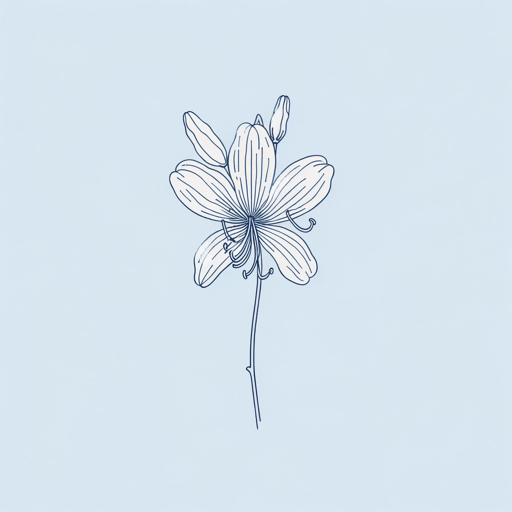
Meg Merrilies
John Keats
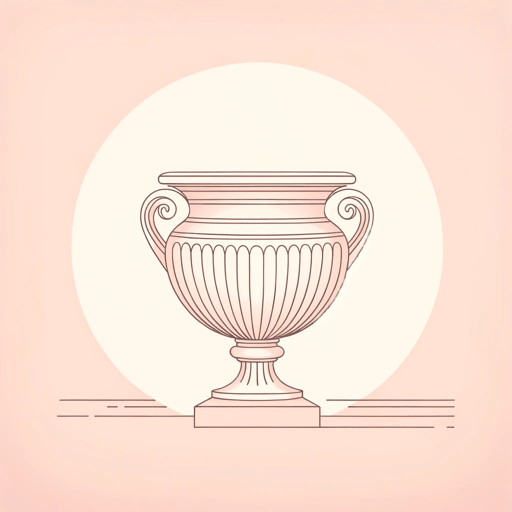
Ode on a Grecian Urn
John Keats

Ode on Melancholy
John Keats
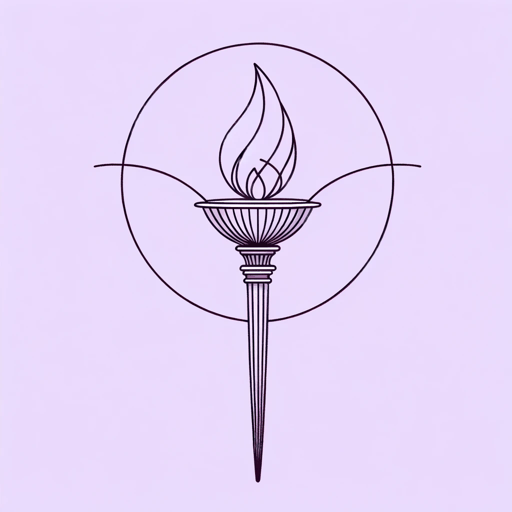
Ode to Psyche
John Keats

On First Looking into Chapman's Homer
John Keats
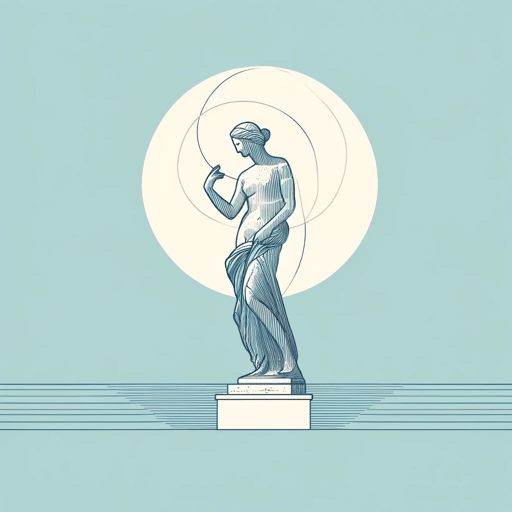
On Seeing the Elgin Marbles
John Keats
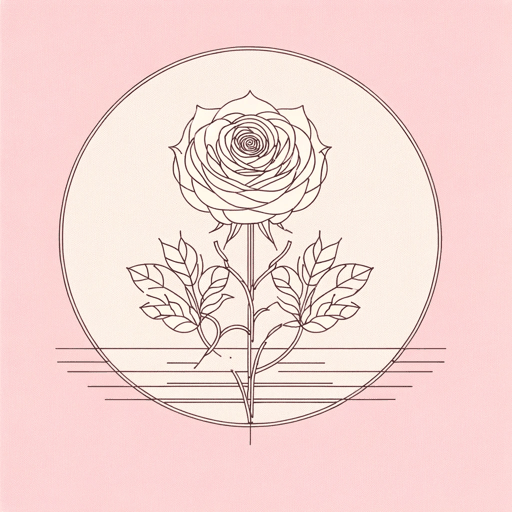
The Eve of St. Agnes
John Keats

To Autumn
John Keats
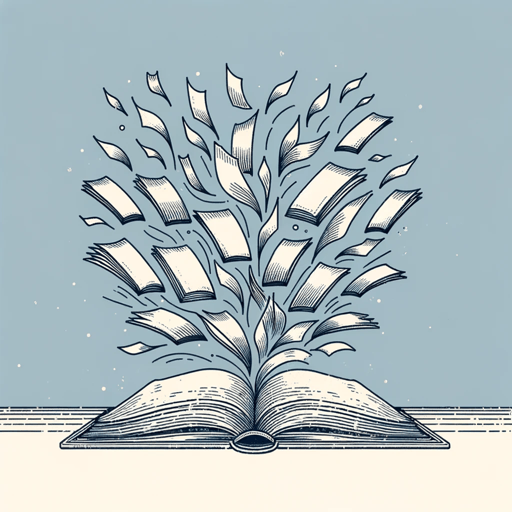
When I Have Fears That I May Cease to Be
John Keats
